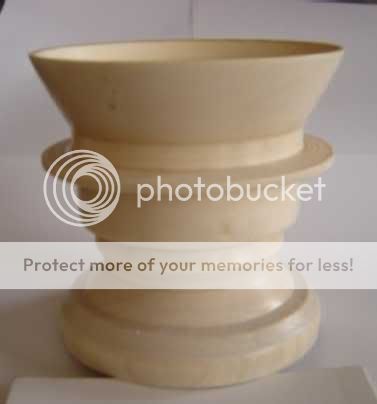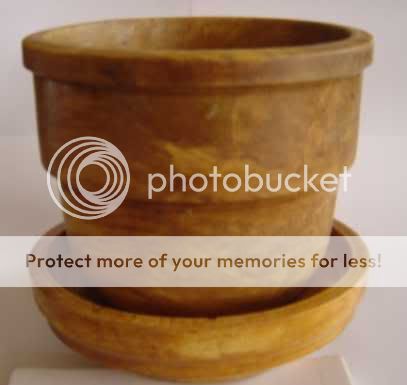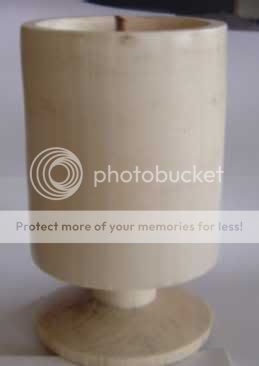Hi David
The others have given you some useful suggestions re turning. I particularly agree with Graham (oldsoke) about the separation between execution and design.
My turning process tends to follow Allen's suggestion of designing first on paper. I'd suggest that you try this method (not necessarily exclusively) whilst starting out as I feel that it will help you learn better tool control - you are trying to impose your shape on the wood and to do that you need to be able to make the tool do what you want.
Once you've been doing this a while you should be more able to see what shapes go well together and what proportions 'work'. At that point you will be more capable of turning without designing.
Another advantage of designing on paper is that judging a shape on the lathe is notoriously difficult as you have the lathe, chuck, background etc cluttering your view. And the piece looks different when it's on it's side.
When starting out it's a good idea to stick to quite bland woods because, as well as being usually easier to turn and finish, you will not be distracted by grain and colour and you will be able to concentrate more on the turning and getting the shape right - an ugly turning in a beautiful wood is still an ugly turning!
If you haven't done so already I'd suggest that you try to get to a local club to see some demonstrations as they sometimes cover design.
Also check out art galleries as they sometimes have ceramics and glass exhibitions and there is definite cross-over potential shape-wise. (I'm lucky to have a gallery close by that regularly has glass/ceramics and several woodturnings -
http://www.thebiscuitfactory.com/)
Hope this helps
Duncan



































